Most chess players (except the prodigies) begin their journey as chess enthusiasts. One fine day they wake up, and suddenly, the desire to become a chess player is at its peak.
I know this because I started in the same way as most of you. However, we often tend to forget that being a chess fan doesn’t compensate for the professional training for beginners.
For instance, a year ago, I didn’t know when to castle in chess exactly to increase my rating. In fact, at the beginning of my career, it even took a while before I figured out what is castling in chess.
Desire to increase your rating?
Join EnthuZiastic Chess courses today to make your dreams come true. Therefore, I suggest learning chess step-by-step. Always begin by learning how to set up a chessboard like a professional chess player.
After that, learn about the chess pieces and their moves. Once you’re done with the basics of defending and attacking as well, it’s time to learn chess tactics, such as castling move, pawn promotion, and En Passant.
1. What is Castling in Chess?
Definition of Castling Castling is the only chess move in which one can move two pieces (of the same color) at the same time–the King and the rook. The King jumps across two squares, either right or left, towards the rook.
In the same move, the rook moves to the square the King crossed. To learn more about what is castling in chess, you must know the two ways of castling:
Kingside Castling
White King on g1 & Black King on g8 In kingside castling, the White King moves two squares towards the right on g1 with the rook moving to f1. Likewise, the Black King moves two squares towards the left on the g8 and the rook on f8.
The symbol for kingside castling is 0-0.
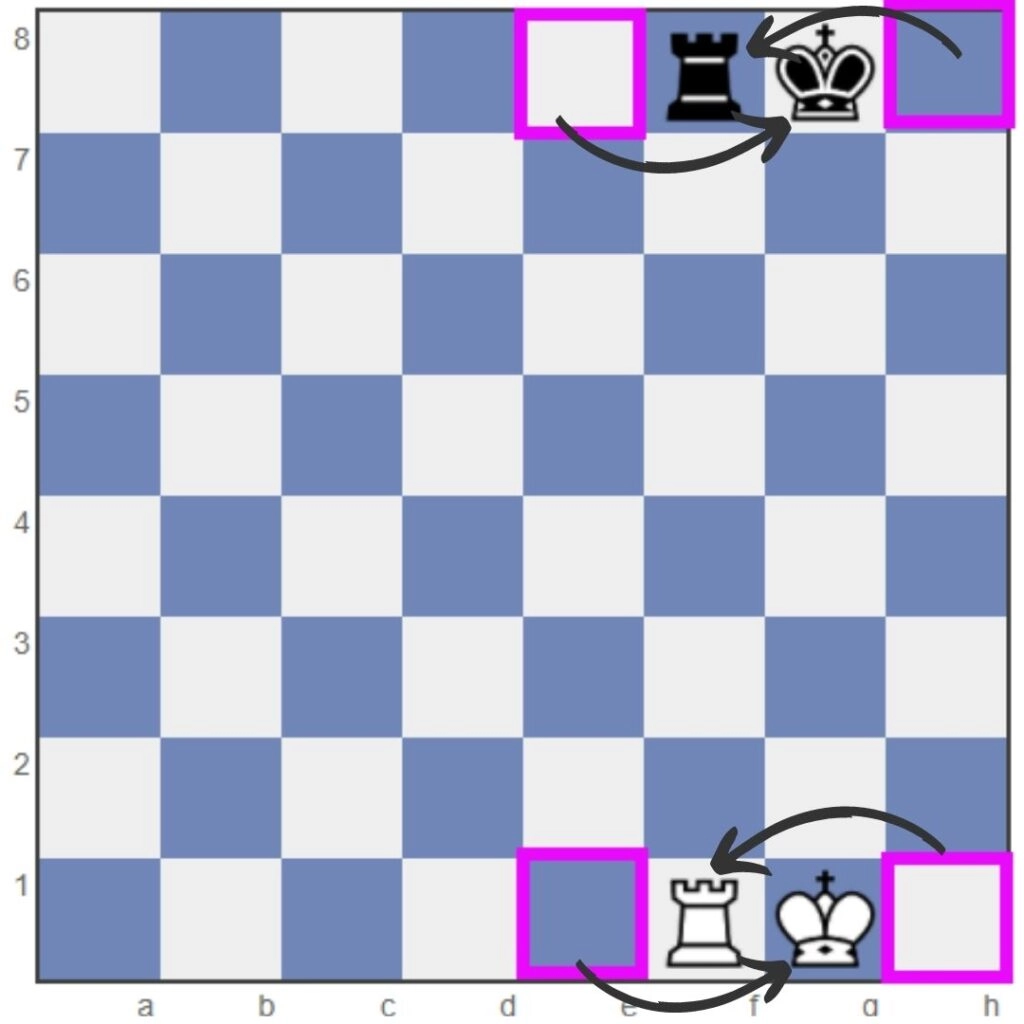
Queenside Castling
White King on c1 & Black King on c8 Similarly, in queenside castling, the White King moves two squares towards the left on c1 and the rook on d1.
The Black King follows the same pattern and moves two squares towards the right on the c8 and the rook on d8. The symbol for queenside castling is 0-0-0.
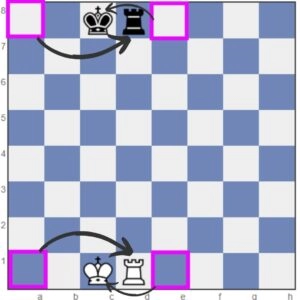
Queenside Castling Checkout this video to watch how to castle during a chess game. Also, check out 13 Chess Tips and Tricks For Beginners to learn more chess tactics like castling
2. Things to Check Before Castling
The King mustn’t be moved in previous moves.
The rook mustn’t be moved in previous moves.
The squares between the King and the rook must be empty.
During castling, the King shouldn’t be in check even if it was in the previous moves.
The squares the king crosses shouldn't be under any threat either, i.e., attacked square.
The rook may or may not be under threat while castling. Remember,
Remember, if you move a king or a rook during the game before castling, you aren’t eligible to castle.
3. Why Castle in Chess?
To protect the King behind a shield of pawns. In addition, I suggest learning pawn formation to learn how to castle for better results.
To develop the rook. By castling at the right time, you can bring the rook at the center and use it to attack enemy pieces. Also, you can bring out the rook to have rooks chatting (of the same color).
History and Origin of Chess: How Long has Chess been Aroundenthu.com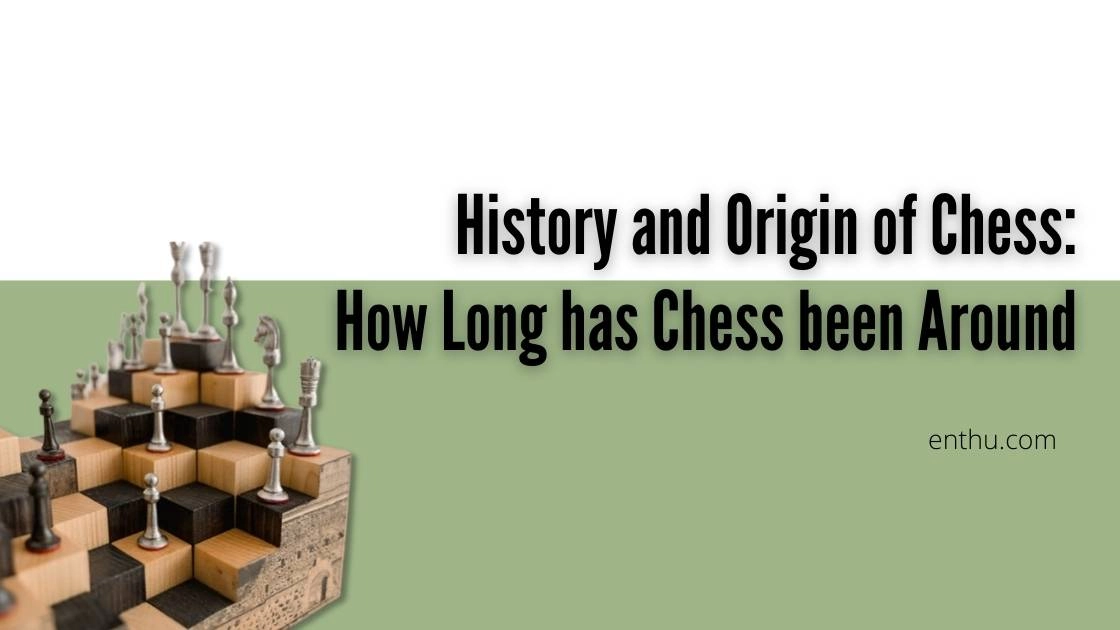
How Long has Chess been Around
How to Castle in Chess?
As you already know, castling a move means exchanging your king’s and rook’s positions in the same move.
Many chess players use castling for the King's safety.
Nevertheless, castling is also one of the most effective chess tips and tricks. You must learn how to castle in chess to use castling effectively in opening traps, middlegame strategies, and endgames.
How to Castle in Chess Openings?
Most beginners are mostly advised against using castling during the chess opening. However, if somebody learns how to castle in a chess opening, it can be aggressive and impactful.
According to Startling Castling by Robert Timmer, there are several ways to use castling as opening traps. The Dresden trap and the Spanish Exchange are a few examples.
The Dresden Trap
The Dresden trap is a variation of the Ruy Lopez chess opening, known as the Steintz variation. The German chess legend Siegbert Tarrasch explained this chess opening for the first time in 1891. After about a year, in 1892, Tarrasch used the Dresden trap against Marco successfully.
Therefore, the Dresden trap is popularly known as Tarrasch Trap in the Steinitz Variation. How to Castle in Dresden Trap/ Tarrasch Trap in the Steinitz Variation? Begin with the Steinitz Variation of the Ruy Lopez: e4 e5 2. Nf3 Nc6 3. Bb5 d6 Next, follow the below moves: 4. d4 Bd7 5. Nc3 Nf6 6. 0-0 Be7 This is how you lay the Dresden trap by castling at move 6.
Study the Tarrasch vs. Marco game of 1892 or the Tal vs. Ivkov in 1974 to understand the Dresden trap better. I suggest you study the games to develop further as per your style, instead of copying the moves ditto.
The Spanish Exchange Gligoric Variation
Another variation of Ruy Lopez chess opening uses castling during the opening. It’s called the Spanish Exchange Gligoric variation. The initial moves: 1. e4 e5 2. Nf3 Nc6 3. Bb5 a6 4. Bxc6 dxc6 5. 0-0 f6 Emanuel Lasker castled on the move 5. against James Mortimer in 1892. It ended in 1/2-½ points. Not to forget, Bobby Fischer also won a match against Boris Spassky in 1992 playing the Ruy Lopez Exchange.
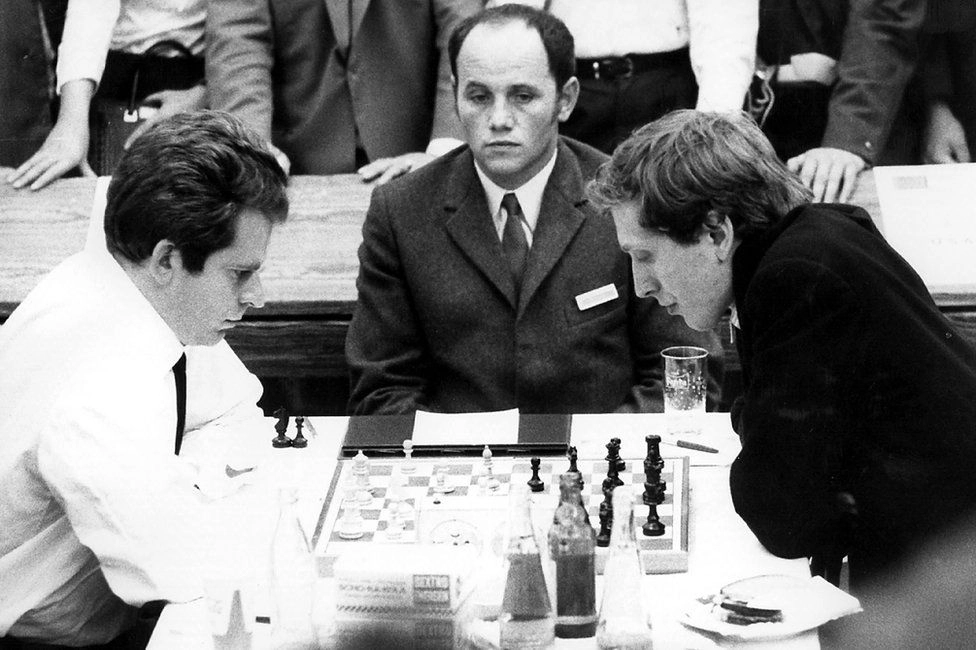
Fischer and Spassky playing chess
How to Castle in Middlegame?
Chess players castle during the middlegame for two obvious reasons:
To shift the King to a safer corner. During the middlegame, the pieces on the center of the board are developing and moving forward. So, the King becomes vulnerable amidst the empty squares.
Therefore, chess players choose to tuck away the King in the corner to a more safe square to protect it from the enemy’s middlegame strategies.
8 Chess Middlegame Strategies and Tips for BeginnersMaster the chess middlegame with these 8 essential strategies and tips for beginners, helping you navigate critical positions and strengthen your path to victory.enthu.com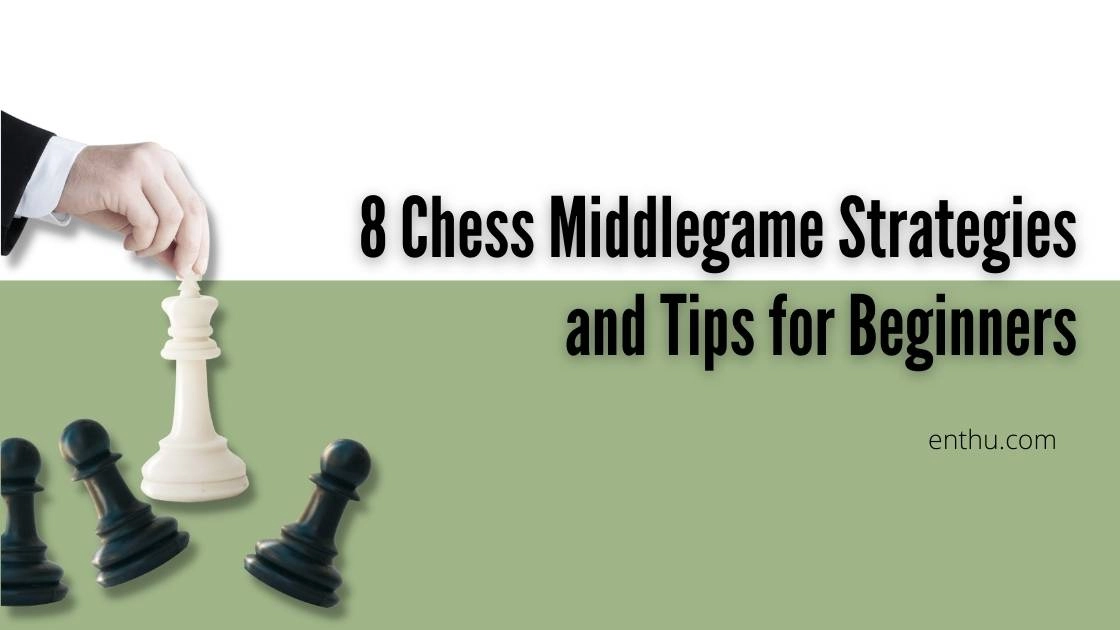
8 Chess Middle Strategies To use the rook for tactics. Chess players try to use rook middle game strategies, such as connecting rooks and making their way towards popular rook endgames. In
In Startling Castling, Robert Timmer suggests creative ways of castling during the middlegame. He provides examples of famous matches from the past to explain the various middlegame castling strategies. Some of them are–
Knight Sacrificing by Castling in the Middlegame
In this strategy, the player sacrifices their knight after castling to trap the opponent towards a quick checkmate. One of the famous games following this strategy in the middlegame is David Bronstein vs. Anonymous player in 1950 in Moscow. The moves are: 1.e4 e5 2.d4 exd4 3.Qxd4 Nc6 4. Qa4 Nf6 5.Nc3 d5 6. Bg5 dxe4 7.Nxe4 Qe7 8. O-O-O Qxe4 9. Rd8+Kxd8 10.Qxe41-0
Bishop Sacrificing by Castling
In the Middlegame Efim Geller vs Paul Keres, 1953 The famous chess writer and Grandmaster, Paul Keres, won against Efim Geller by sacrificing his bishop (Black) by castling kingside. He opened with Queen's Gambit Declined strategy–Semi-Tarrasch Defense variation.
The moves are:
1.d4Nf6 2.c4e6 3.Nc3d5 4.Nf3c5 5.cxd5 cxd4 6.Qxd4 exd5 7.e4 Nc6 8.Bb5 Nxe4 9.O-O Nf6 10.Re1+Be7 11.Qe5 O-O 12.Qe2Re8 13.Bg5 Bg414.Rad1h6 15.Bh4 Ne4 16.Bg3Nxc3 17.bxc3Bf6 18.Qxe8+Qxe8 19.Rxe8+Rxe8 20.Rxd5Rc8 21.Rd3Nb4 22.Re3Nxa2 23.h3Bxf3 24.gxf3 Nxc3 25.Bd7 Rd8 26.Bf5 g6 27.Bd3 Nd10-1
Rook Sacrificing by Castling
in the Middlegame Rook sacrificing by castling is one of the most breathtaking middlegame chess strategies provided by Timmer.
Ralf Runau vs Schmidt, 1972 In Germany, 1972, Runau played a ferocious chess game against Schmidt with 1-0 results.
The moves are:
1.e4Nc62.d4d53.exd5Qxd54.Nf3Bg45.Be2O-O-O6.c4Qh57.d5Bxf38.Bxf3Qe5+9.Be3Qxb210.O-OQxa111.dxc6Rxd112.cxb7+Kb813.Rxd1c614.Bxc6Kc715.Rd7+Kxc616.b8=N#1-0
Want to know about the Queen's sacrifice by castling? Talk to EnthuZiastic Chess Experts to find out.
How to Castle in Endgame?
Castling during an endgame is scary and mostly it's avoided. However, sometimes, chess players castle while trying to take the king to safety. Some of them even castle to take the king out of check.Is it legal to castle when in check?
Read "Can you Castle out of Check" to find out. One of the most popular castling tactics in endgame is indeed to save the king from check. You can achieve that either by blocking the attacking piece or capturing it (as shown in the below image).

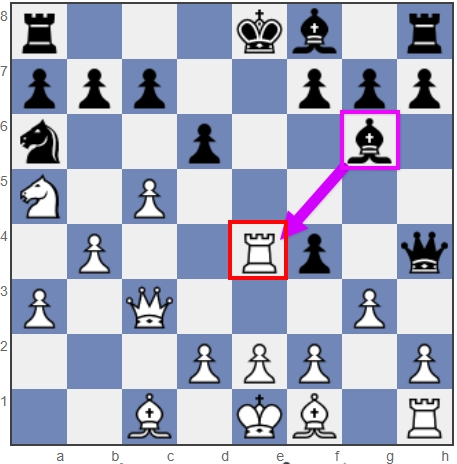
The chess writer Robert Timmer in Startling Castling provided examples from S.G. Belokon’s articles in Krasnaya Gazeta (1975) and G. Nadareishvili’s article in Magyar Sakkelet (1981) to explain castling in endgames.
He dug deep in history to provide such rarely used chess tactics. Although castling during endgame isn't preferred idea for most chess players; it has been proven to be a great weapon.
You can consider learning the endgame castling strategies provided by Timmer, Belokon, and Nadareishvili for keeping weapons in your store. However, I suggest beginners not jump into endgame strategies using castling.


Conclusion
Learning easier chess tactics is a difficult leap that every beginner must take. In the case of castling, it’s both easy and tactical.
If you’re just starting your chess career, learn to castle because it’s easy to implement. When you have gained a little experience, try learning how to use castling in openings and middlegames.
Lastly, when you’re finally preparing to play internationally, I suggest learning the rare but successful, powerful use of castling in the endgames. Besides surprising your opponents, you will also end up making news. All the best for your next match. Till then, keep castling.
FAQs
1. Is castling in chess legal?
According to FIDE, castling is legal in chess. Even though the rules of castling are a little tricky, any player playing a FIDE-approved chess game can play castling.
However, recently, Viswanathan Anand and Kramnik played a no-castling chess game for the Sparkassen Chess Trophy that resulted in a draw.
2. Why was castling added in chess?
Castling was added to chess to make the game faster. It was introduced as a regular rule in the game of chess when chess reached Europe during the Medieval ages. Earlier, the King could skip one box while shifting to a safe square.

Later on, both the rook and the kings were moved but in different moves. Eventually, with the rise of modern chess, it eventually became castling. To know more about the castling in the history of chess, go to History and Origin of Chess.
3. Is there any benefit to using a chess program when playing against an AI opponent?
There is definitely a benefit to using a chess program when playing against an AI opponent. By using a chess program, you can customize your game to better suit your strengths and weaknesses.
Additionally, you can study the moves of your opponents to better anticipate their next move. Finally, by playing against an AI opponent, you can improve your skills much faster than if you were playing against a human opponent.

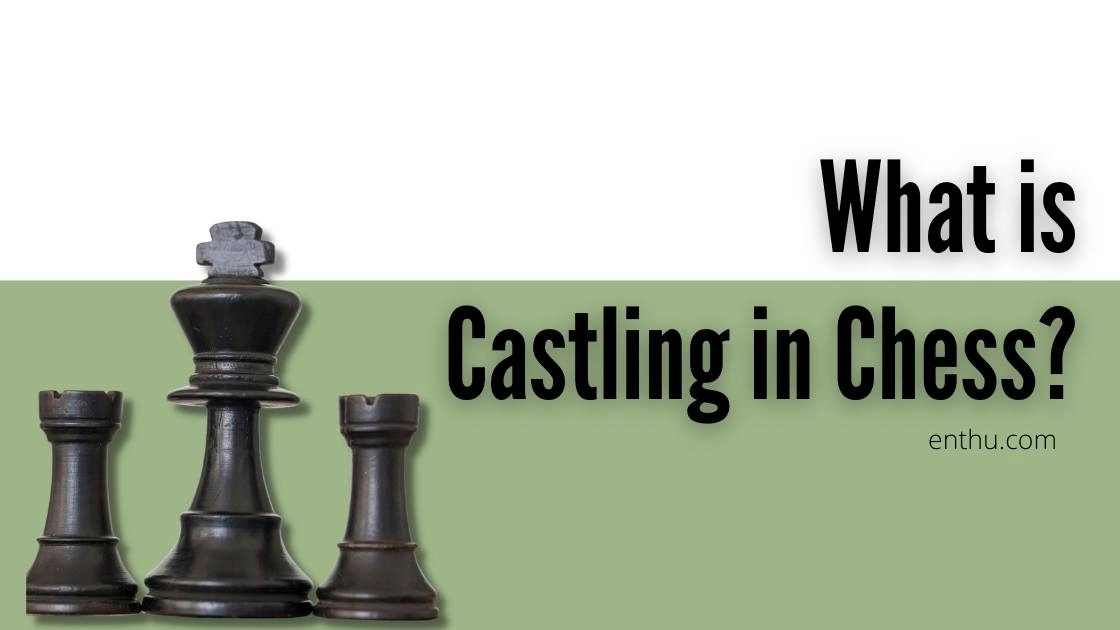
Comments